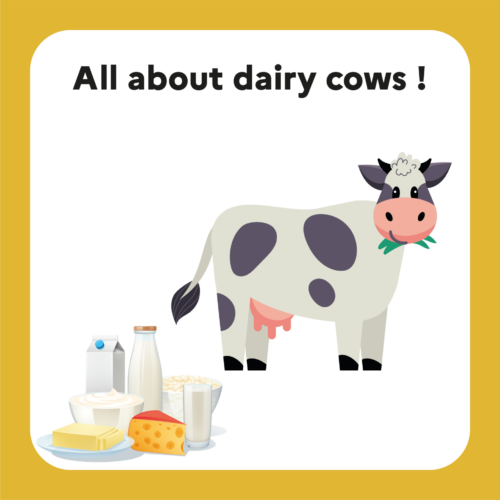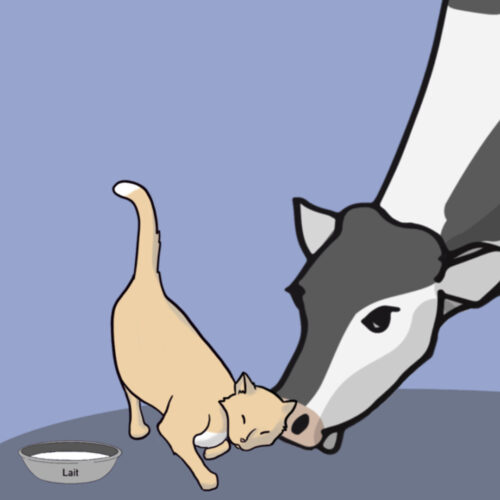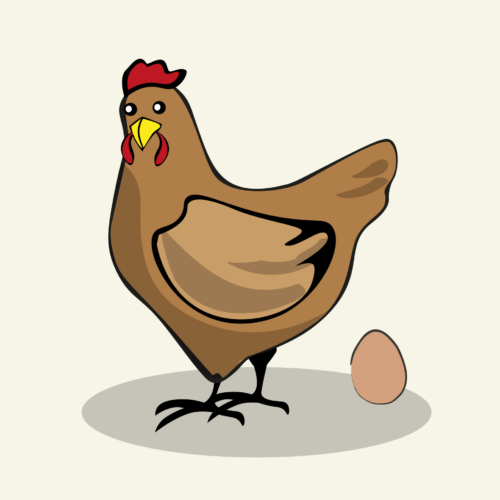

FALSE
Dairy cows, like all cows, are not capable of spontaneously producing milk; they need to give birth to a calf.
Keep in mind
- Like all mammals, dairy cows synthesize milk to feed their calves from birth
- Milk production lasts an average of 300 days after the birth of the calf, and is divided into several phases
- After drying-off, the cow needs to be inseminated again to have a calf and produce milk
Like all mammals, dairy cows synthesize milk to feed their calves from birth. The hormonal changes triggered by calving (the birth of a calf) are designed to promote lactogenesis and the mobilization of fat and muscle reserves. Cows therefore only produce milk after calving.
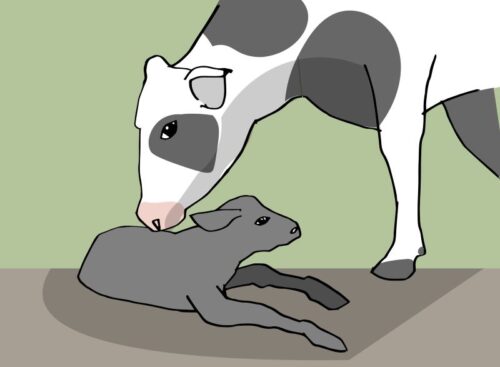
Cows will produce milk from calving to drying off. Production evolves along what is known as the lactation curve. This curve is shaped like a parabola. A cow’s milk production increases progressively from calving to peak lactation, then decreases slowly until drying-off. The lactation curve is characterized by three phases of unequal duration and pace.
- An ascending phase from calving to peak lactation. It lasts an average 3 to 8 weeks
- A plateau phase, which represents the period of maximum production. It lasts, on average, one month
- A phase of decline from peak lactation to drying-off, around 300 days after calving
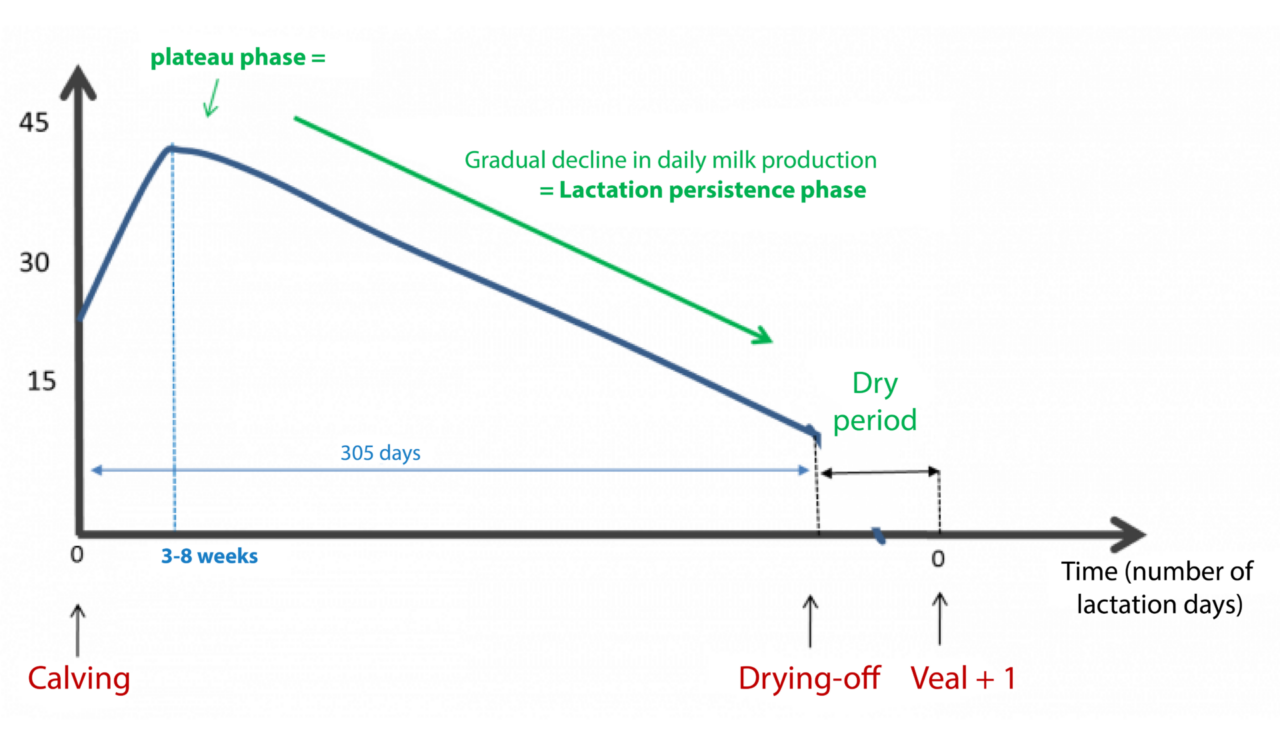
The evolution of milk production during lactation is physiological. It is determined, in its ascending phase, by an increase in the rate of milk secretion by the cells of the mammary gland, and, in its descending phase, by the death of one secretory cell after another.
Cows therefore produce milk for an average of 300 days after calving, and this production evolves until drying-off.
keep in mind
- Like all mammals, cows synthesize milk to feed their young
- Milk production lasts an average of 300 days after the birth of the calf and goes through several phases
- After a dry period, the cow must be inseminated once again to have a new calf and produce milk
KEY FIGURE
is the average number of days before a cow is dry off following the birth of her calf

